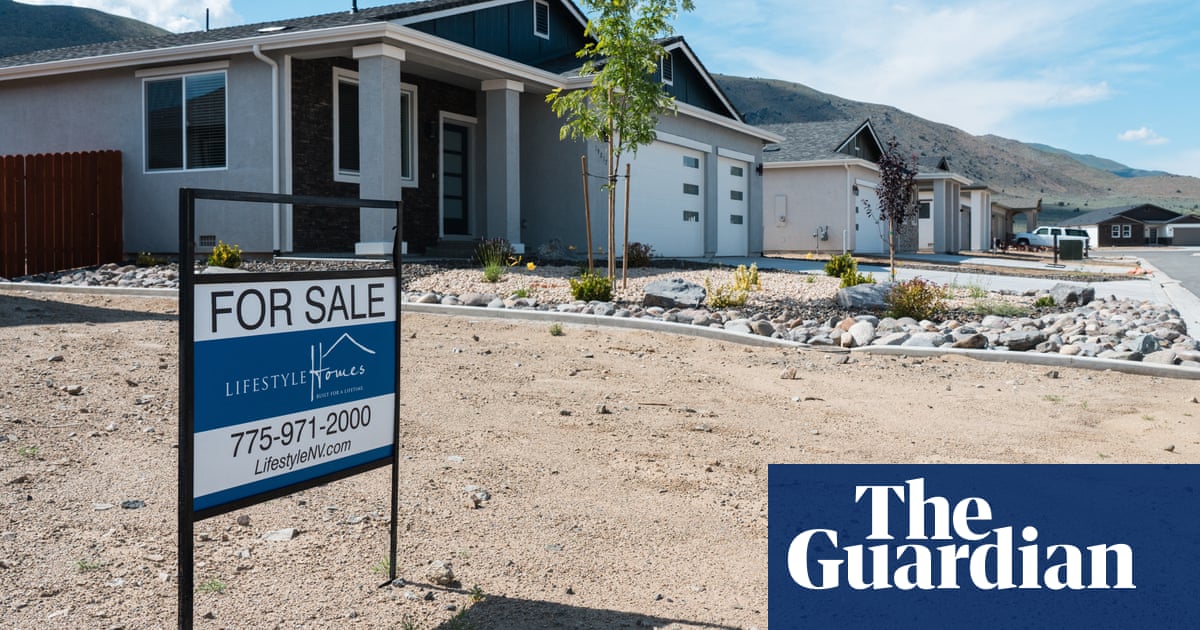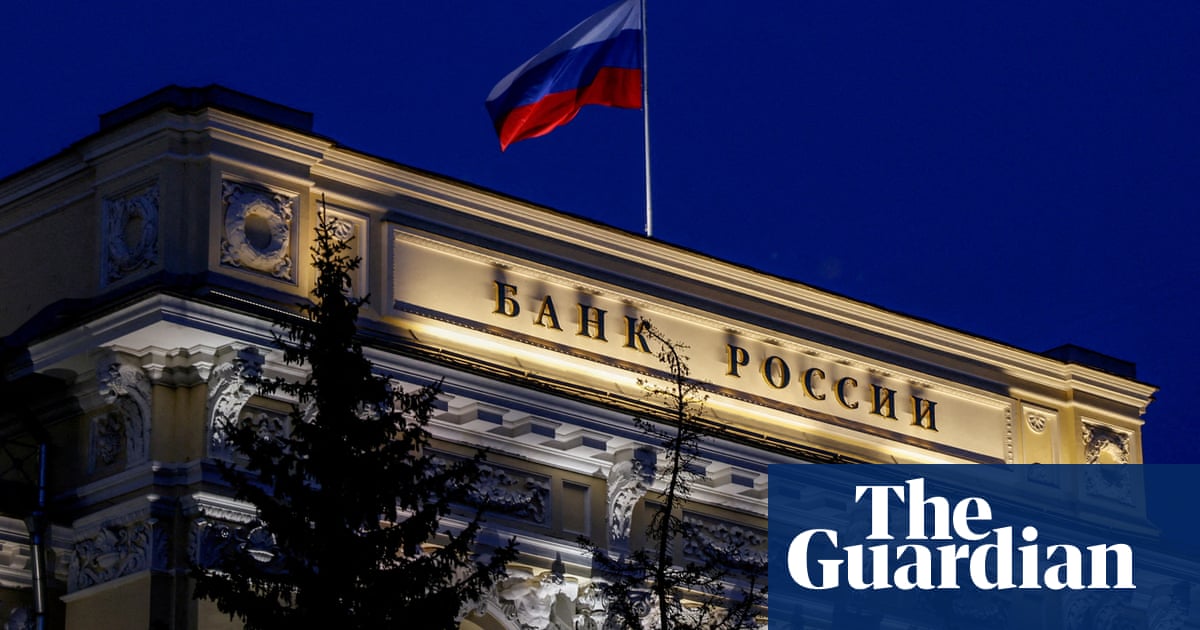
The Federal Reserve announced another sharp hike in interest rates on Wednesday as the central bank struggles to rein in runaway inflation.
The Fed raised its benchmark interest rate by 0.75 percentage points, the third such outsized rate increase in a row, bringing the Fed rate to 3%-3.25% and increasing the cost of everything from credit card debt and mortgages to company financing.
The central bank signaled more raises to come, predicting rates would reach 4.4% by the end of the year and not start coming down until 2024. The Fed expects the rate rises to hit the job market – raising unemployment from 3.7% to 4.4% next year – housing prices and to lower economic growth.
“We have got to get inflation behind us. I wish there were a painless way to do that. There isn’t,” the Fed chair, Jerome Powell, said. “We have always understood that restoring price stability while achieving a relatively modest increase in unemployment and a soft landing would be very challenging. And we don’t know. No one knows whether this process will lead to a recession or if so, how significant that recession would be.”
Central bankers around the world are raising rates sharply as they too attempt to tackle the cost of living crisis. This week the Bank of England is expected to announce its largest rate rise in 25 years. The European Central Bank raised interest rates across the eurozone by a record margin earlier this month.
The Fed initially dismissed rising inflation, arguing it was a “transitory” phase triggered by the pandemic and supply chain issues. But as prices escalated the Fed announced a series of aggressive moves in the hopes of bringing prices back under control.
Until recently Powell had said he hoped that the economy could achieve what he called a “soft landing” – a slowdown that would bring costs down but not lead to a spike in unemployment and a recession.
Speaking at a congressional hearing on Wednesday, some of the US’s top bankers said it was too early to tell how rate rises would impact the economy. “I think there’s a chance, not a big change, a small chance, of a soft landing,” said Jamie Dimon, chief executive of JPMorgan Chase.
“There’s a chance of a mild recession, a chance of a hard recession. And because of the war in Ukraine and the uncertainty in global energy and food supply, there’s a chance that it could be worse. I think policymakers should be prepared for the worst, so we take the right actions if and when that happens,” he said.
Raising rates makes borrowing more expensive which should reduce spending and lower prices. But the policy is a blunt instrument and rate rises take time to filter through to the wider economy. So far the Fed’s rate rises have not had a significant impact.
The US jobs market remains robust, with unemployment still close to a 50-year low, consumer spending rose last month and inflation remained stubbornly high in August, 8.3% higher than a year ago.
There are, however, some signs of a slowdown. Existing home sales fell in August for the seventh consecutive month, according to the National Association of Realtors. Sales were 19.9% lower than in August 2021 and are now at their lowest level since they briefly stalled during the height of the pandemic in 2020. And large employers including BestBuy, Ford and Walmart have announced layoffs or hiring freezes.












